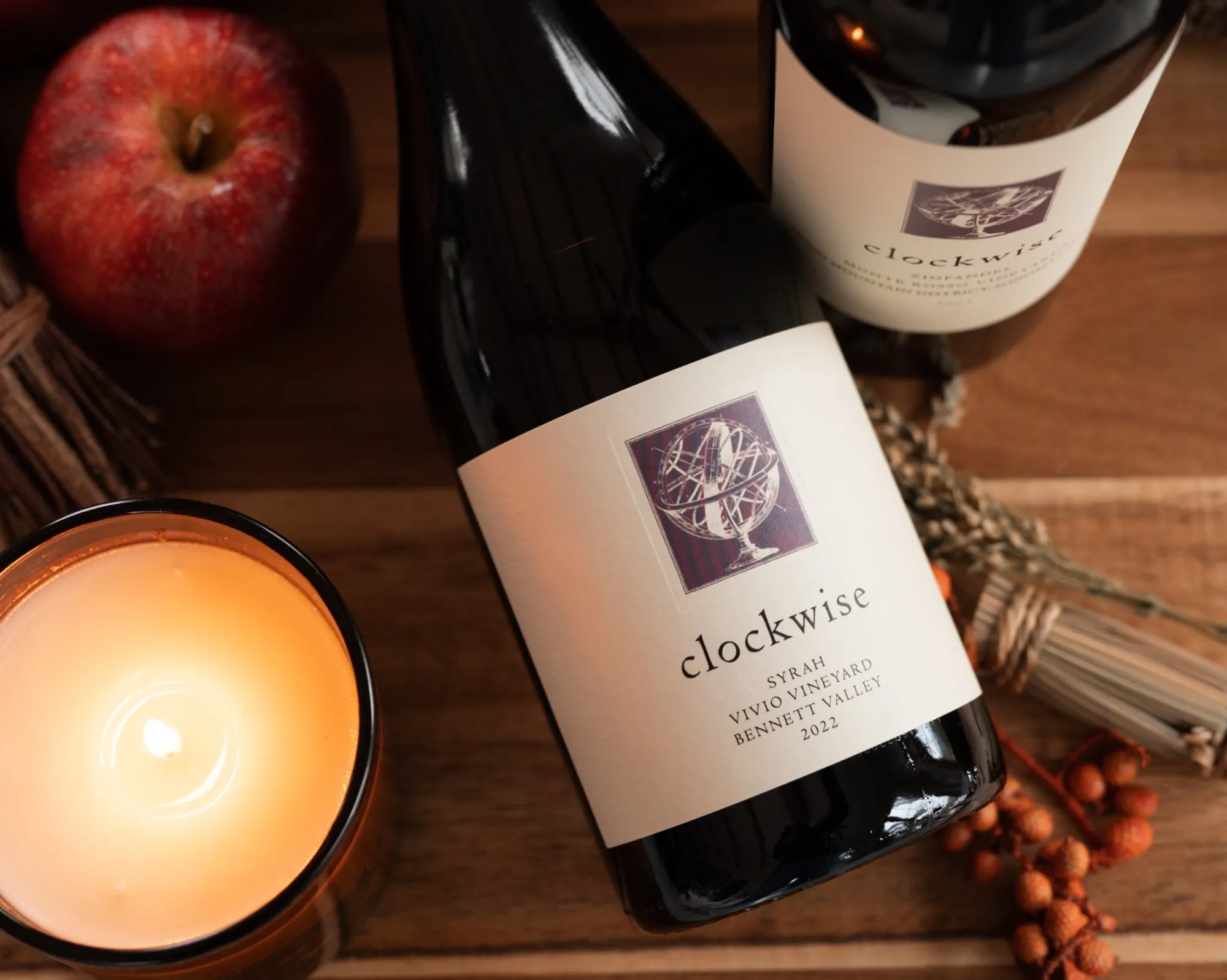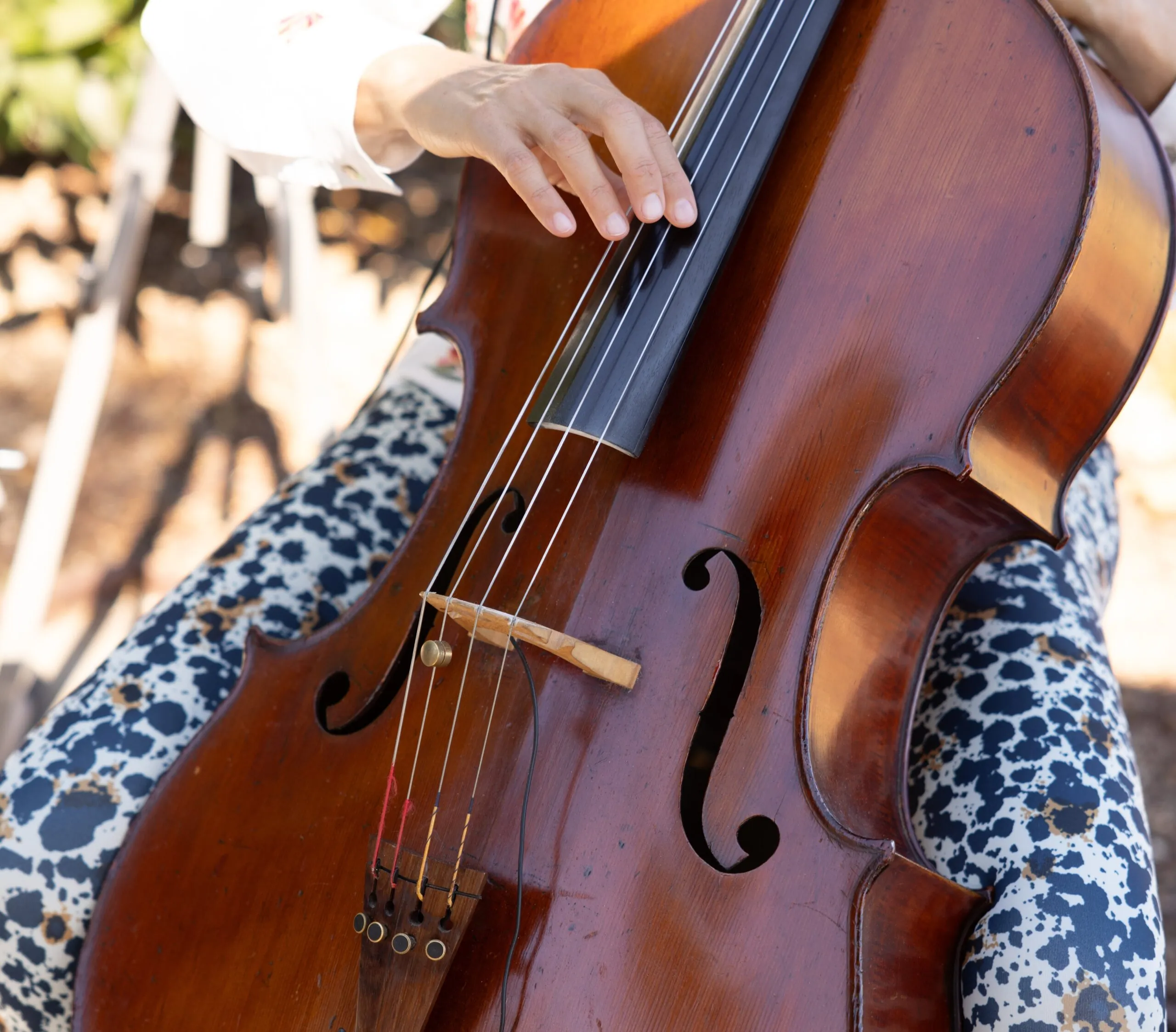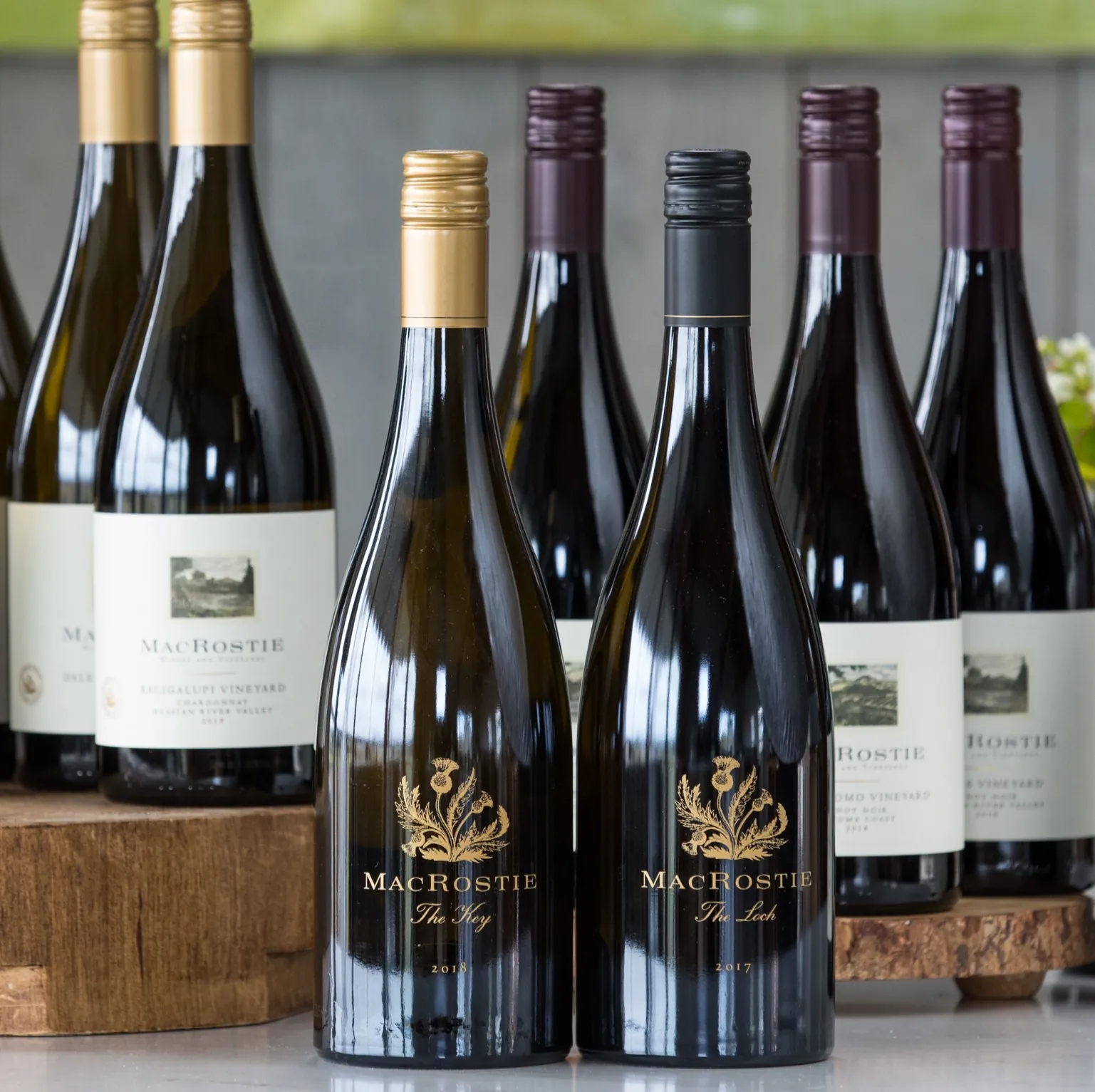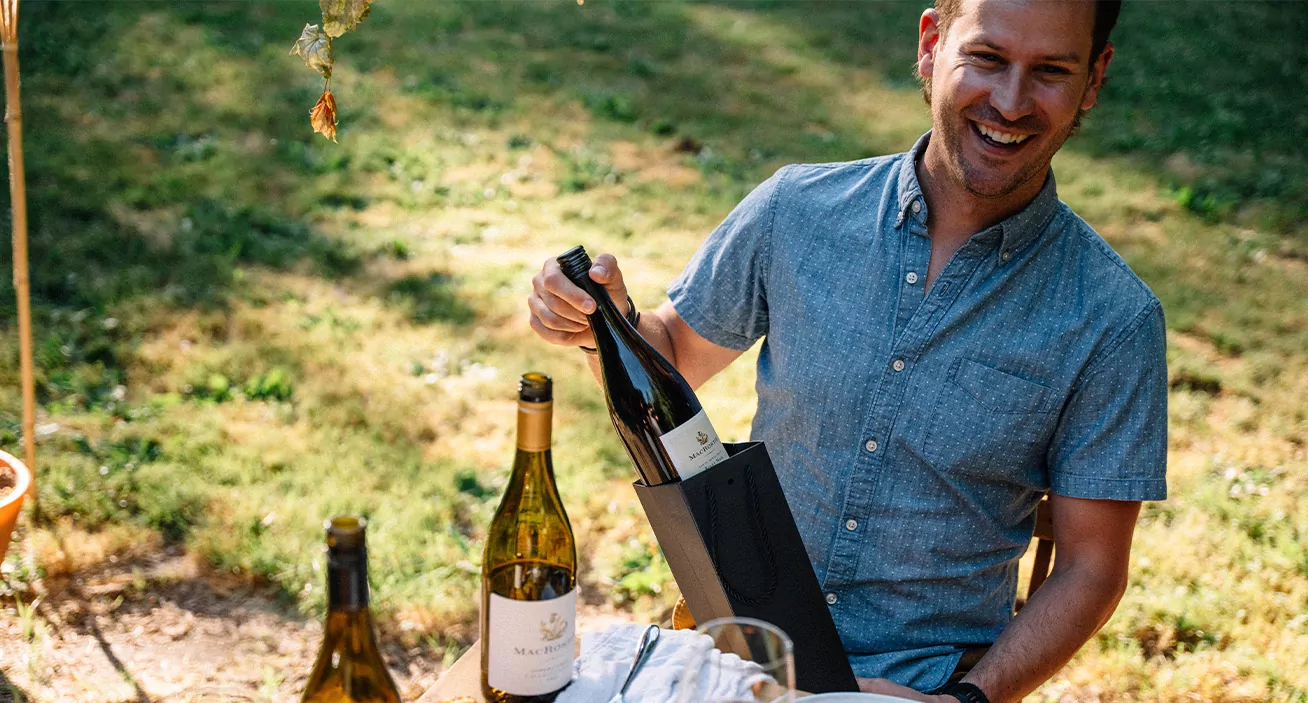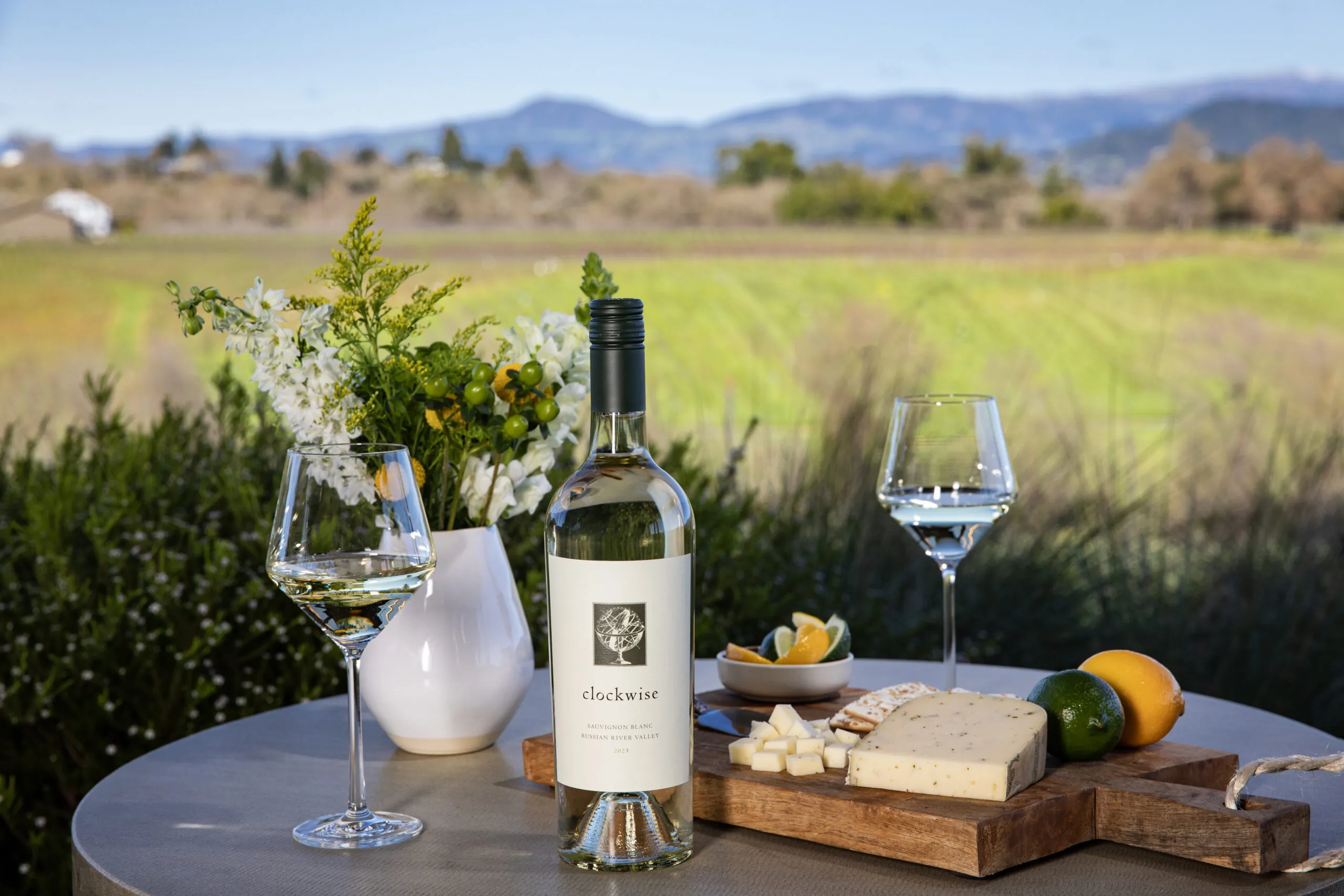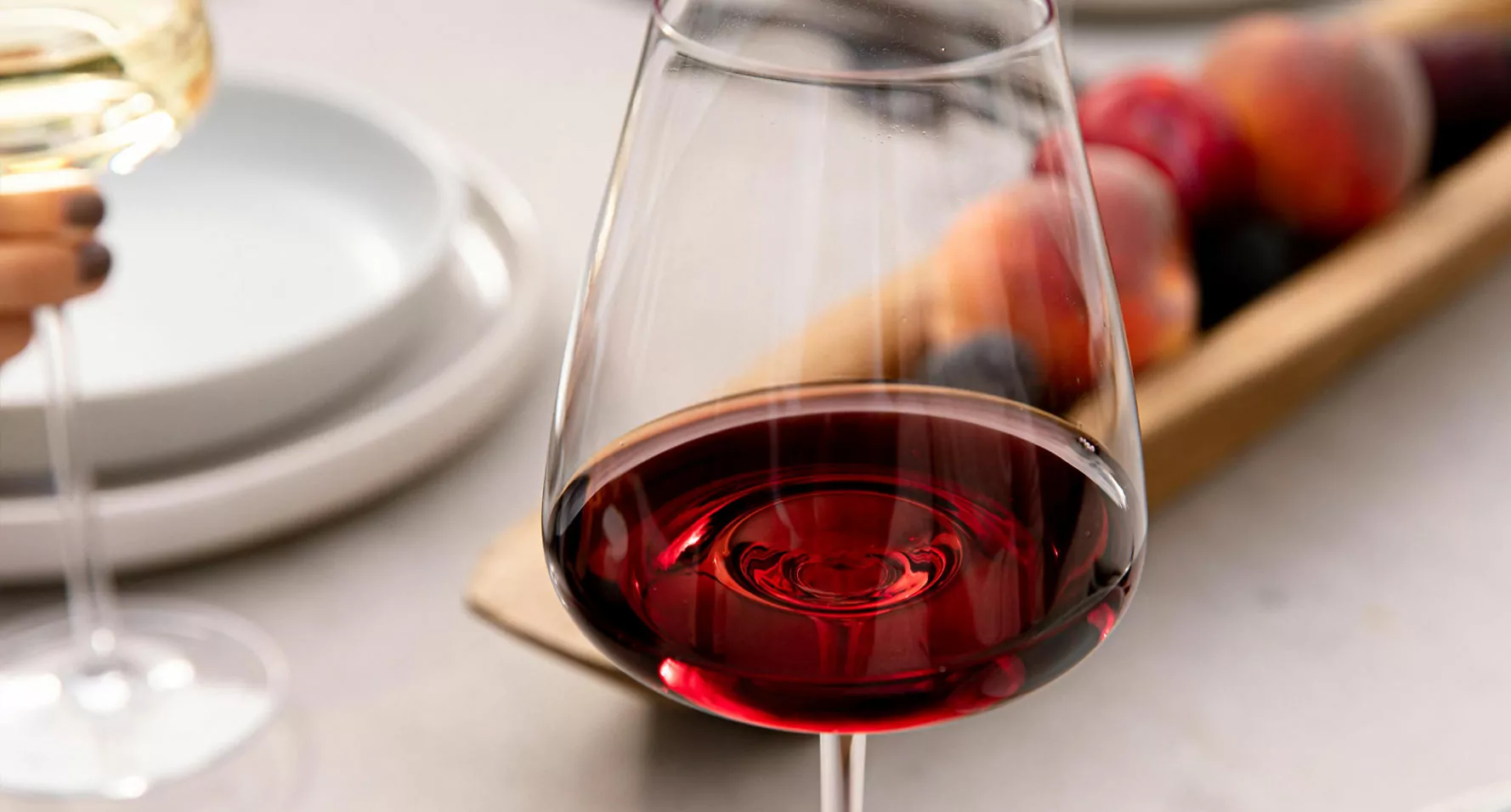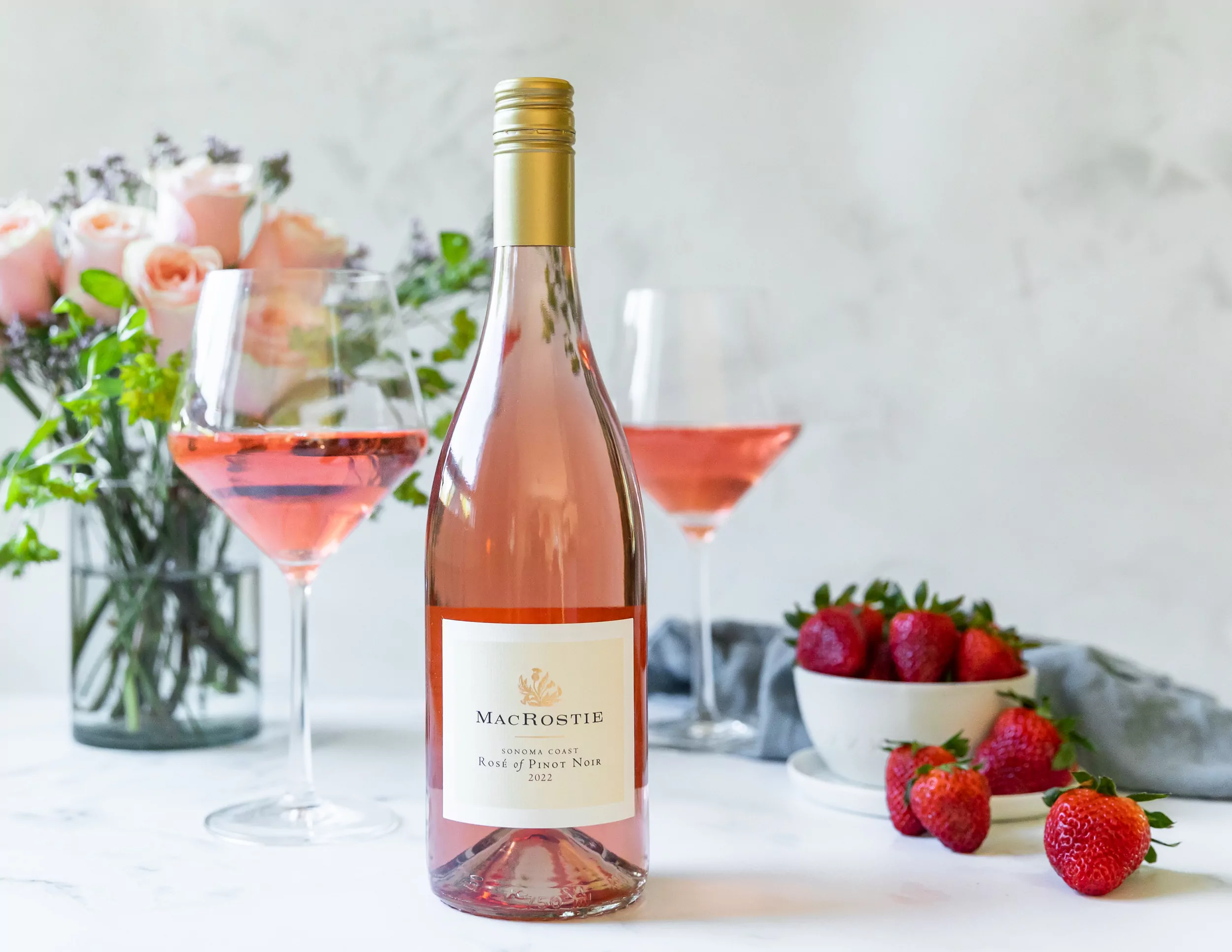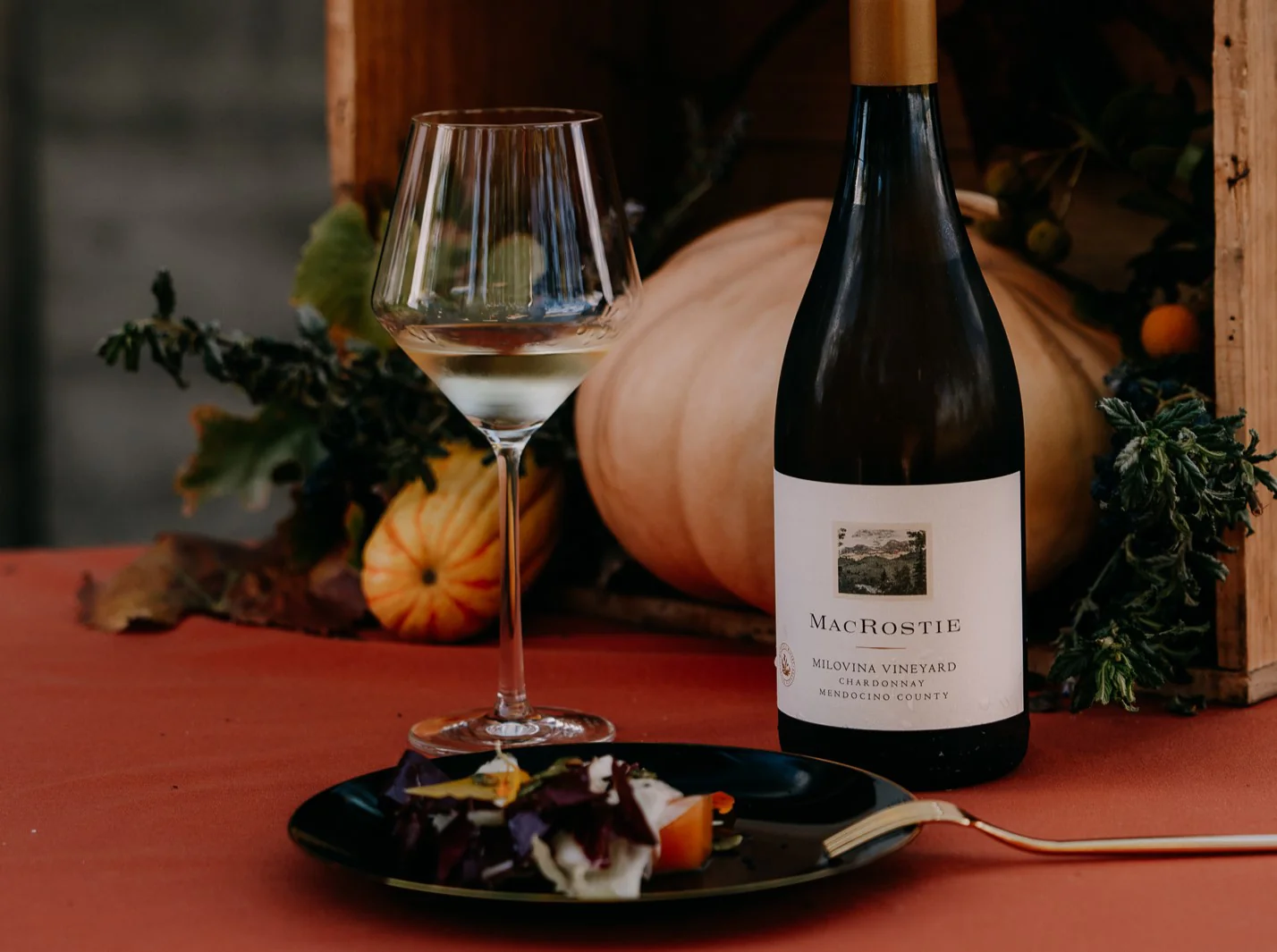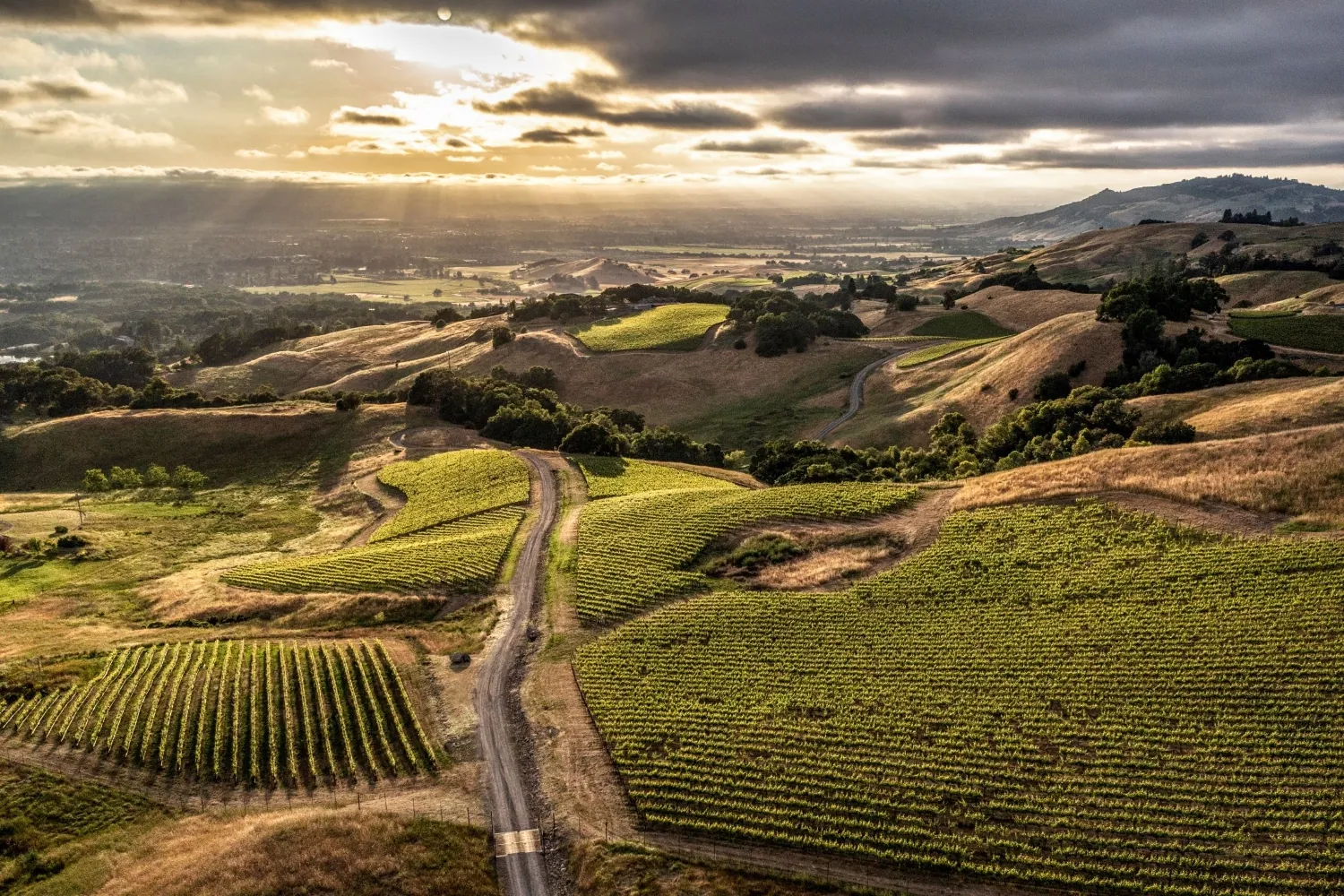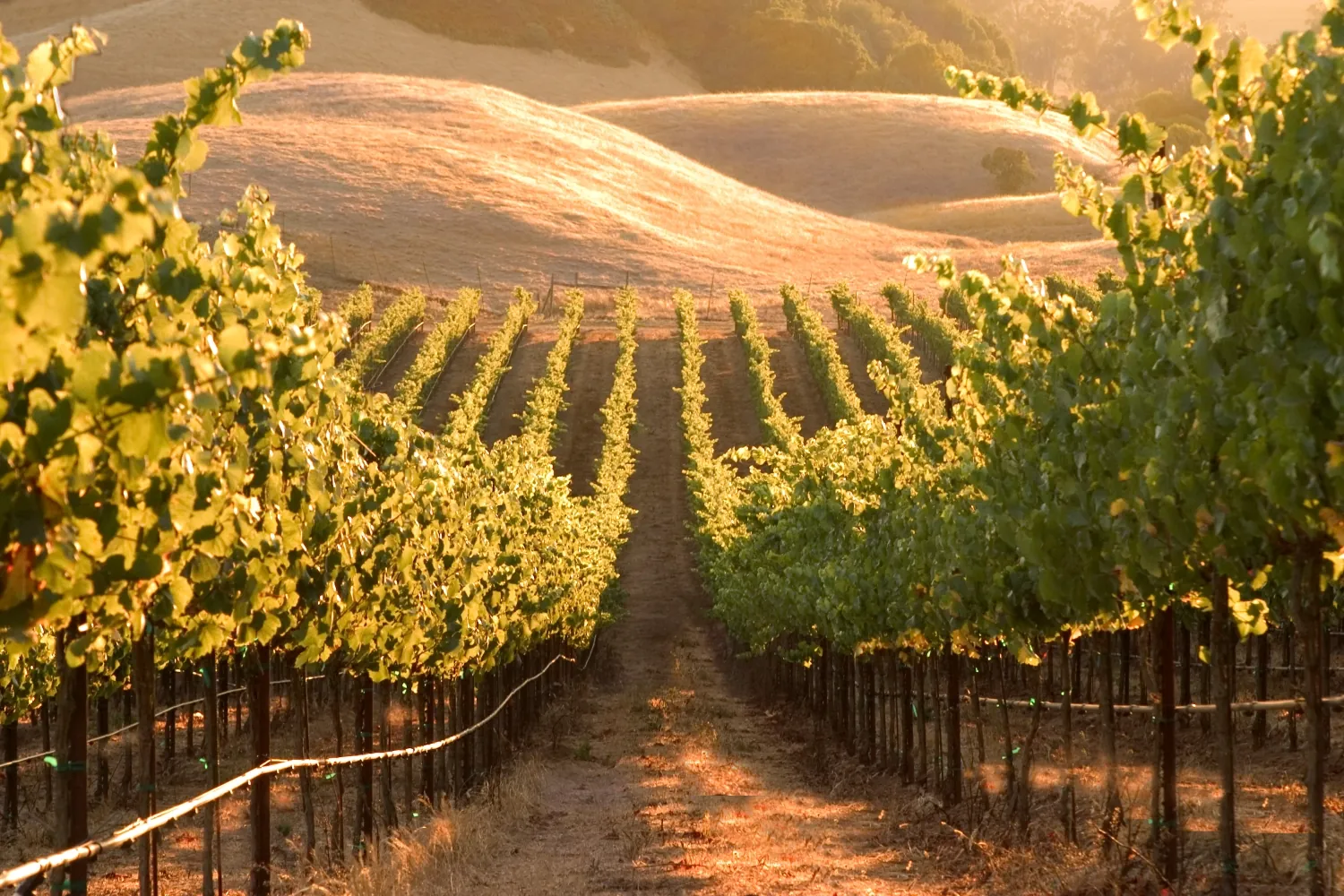For those considering starting their own wine collection, there are few things that can compare to the elegance of a well-aged wine. Uncorking a prized bottle on a special occasion is one of life’s sublime pleasures.
Wine is alive. It ages and evolves based on numerous environmental factors. As satisfying as it is to open a great bottle, nothing is more disappointing than waiting years to uncork a wine, only to discover that somewhere along the way it has lost its luster. Still, with a little knowledge, the casual collector can go a long way toward safeguarding precious wines without the daunting expense of a temperature-controlled wine cellar. As a living organism, wine’s natural habitat is in a cool, dark, moist, and calm place. In practice, this means controlling temperature, light, humidity, and vibration when storing your wine.
Ironically, many people keep their wine in the absolute worst possible location—the kitchen. While wine may go beautifully with food, it goes terribly with the extremes of temperature, light, and vibration encountered in the average kitchen. Even for wines meant to drink young, a brief stay in a wine rack on a stove-side counter, or on top of a vibrating refrigerator, can have a negative impact.
Temperature
Temperature is the single most important factor to guarantee the longevity of collectible wines. Though experts quibble over the ideal storage temperature, citing a range between 45 and 60 degrees Fahrenheit, 55 degrees is close to ideal. Temperature sets the pace at which wine ages. Too cool, and the process will slow to an almost non-existent crawl. Too hot, and you risk cooking the wine or popping the cork. A temperature near 55 degrees ensures a slow and steady aging process, giving complex wines time to fully integrate their maturing flavors and aromatics.
While wine is generally capable of shrugging off minor fluctuations in temperature, or even gradual seasonal changes of up to 10 degrees, rapid heat spikes of more than five to 10 degrees can be harmful and should be avoided.
Light, Humidity, & Vibration
Light, humidity, and vibration can all have a negative impact on wine—though to a lesser degree than temperature. While regular household lights pose little risk, certain types of lighting, including sunlight and fluorescents, can react with proteins in wine in unpleasant ways by changing the flavor, smell, or clarity of a wine. Because of this, a lightless place is superior for storage.
A lack of humidity, or too much of it, is another contributing factor to the demise of many wines. Storing wine in an excessively dry location can cause corks to dry out and shrink. As a result, oxygen can enter the bottle, causing evaporation and spoiling the wine. Conversely, too much humidity can stimulate mold production, or simply ruin the labels on your bottles. While too much humidity is considered preferable to too little, the ideal is approximately 65 to 70%. To ascertain humidity, you can purchase a relatively inexpensive device called a hygrometer.
The last thing to consider when selecting a place to store wine is vibration. During aging, wine needs to settle and rest. Keeping your wines next to the washing machine or the skill saw might not be your best bet.
Storage
Where should you store your wine? Whether finished or unfinished, if you have one, basements are the perfect place for cellaring your wines. Once you select a cool, clean corner away from boilers, hot pipes, or machinery, lay the bottles on their sides so that the wine inside keeps the corks moist. Face labels up, so that you can recognize each wine without having to disturb the bottle.
If you don’t have a basement, consider other options. Look at your home or apartment from your wine’s perspective. Because heat rises, floors are preferable to high-up shelves, and dark closets are more appropriate than bright rooms. Cool or air-conditioned rooms are best, but if there are none available consider packing your wine in special Styrofoam shipping containers in sealed boxes to limit the effect of temperature fluctuations. If your home offers no suitable haven, store your wines elsewhere, or drink them before the warmth of summer heats their glory away.
The last thing to consider when storing wine is when to finally pop the cork. Too often, people become insanely protective of the best wines in their collection, deeming birthdays, anniversaries, and visits from old friends as somehow “unworthy.” Sooner or later, all wines lose their beauty, which may be the universe’s way of punishing people who hold on too tightly to something created for pleasurable sharing.
Drinking Windows for MacRostie Wines
In terms of aging potential, all wines are not created equal, and in fact, some wines—like our Sonoma Coast Chardonnay and Sonoma Coast Pinot Noir—are crafted to be ready upon release, or with more near-term enjoyment in mind. Blended to be fruit-forward and aromatically expressive when released, Winemaker Heidi Bridenhagen recommends opening our Sonoma Coast Chardonnay within 2 to 3 years of release, with a cellaring window of 3 to 5 years for our Sonoma Coast Pinot Noir.
When cellaring our single-vineyard MacRostie Chardonnays, Heidi suggests opening a bottle within the first 5 years to gauge the wine’s evolution, with an overall drinking window of 8 to 10 years. While our vineyard-designate Pinot Noirs generally follow a similar timeline to their Chardonnay counterpart, most have the potential to age an additional couple of years for an overall drinking window of up to 10 to 12 years.
Thoughtfully crafted to be two of the most cellar-worthy wines in our portfolio, our pinnacle The Key Chardonnay can easily age for up to a decade, and The Loch Pinot Noir has the potential to reward cellaring up to 15 years. Part of what makes these wines so age-worthy is the fact that they are often higher in acid and somewhat lower in alcohol. In addition, when blending The Loch and The Key, Heidi selects prized barrels that showcase more floral and earth notes—qualities that develop depth and richness with age.
What to Expect from an Aged MacRostie Chardonnay or Pinot Noir
When a high-quality Chardonnay ages, it transforms. As the freshness and fruit-forward character recede, the color of the wine can change to a deeper, more golden hue. Along with this visual cue, richer, mellower tones can emerge, as well as more aromas and flavors of honey, caramel, and even sherry.
For age-worthy Pinot Noirs, it is not uncommon for more primary red and blue fruit notes to change to denser plum and earth characteristics. Along with these deep and complex qualities, a well-cellared Pinot will often develop more overall concentration and richness, as well as tertiary notes from barrel aging, including barrel spice and toast characteristics. While more overt oak can be overwhelming in a young wine, in older wines it can meld seamlessly, adding weight and gravitas.
